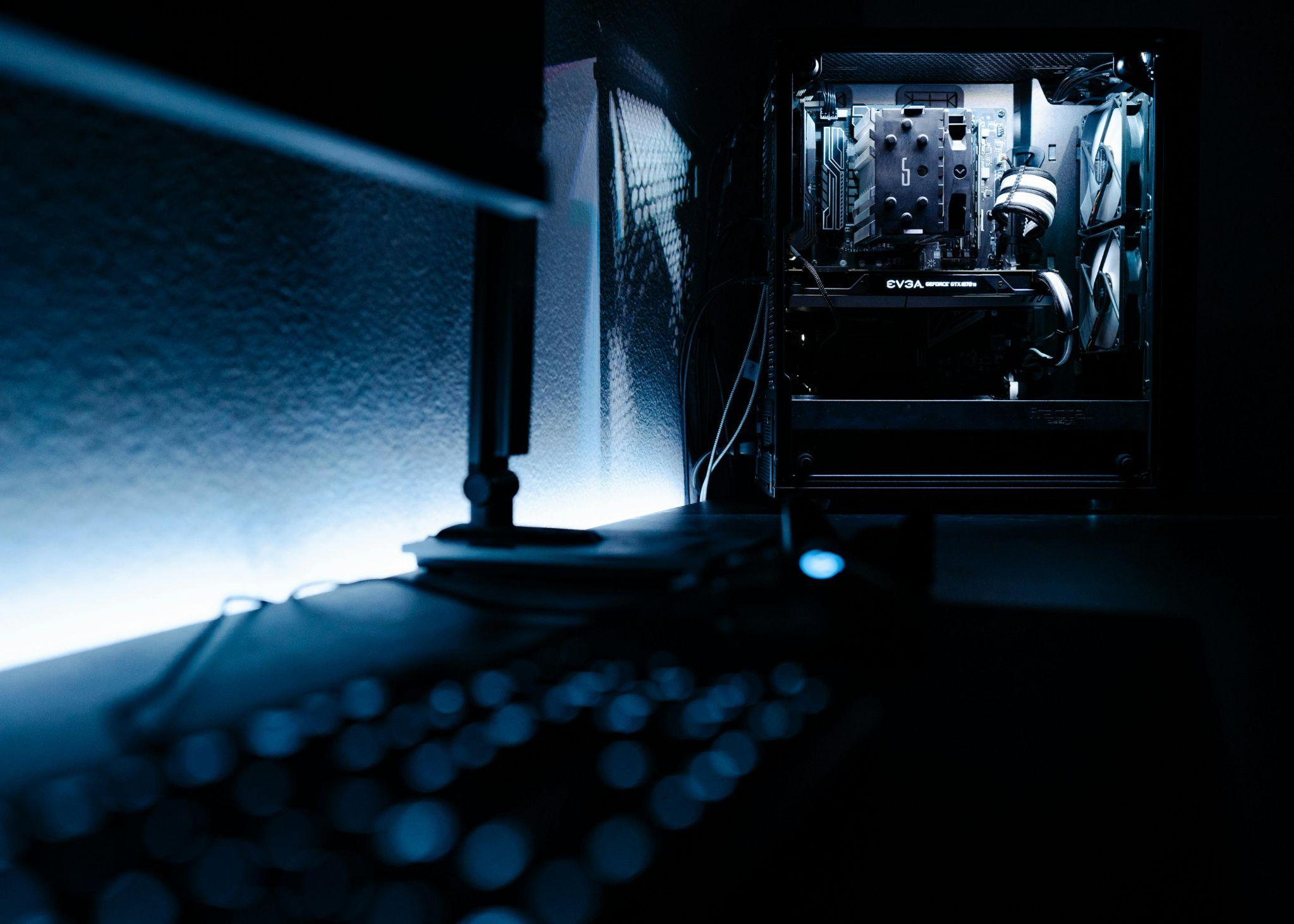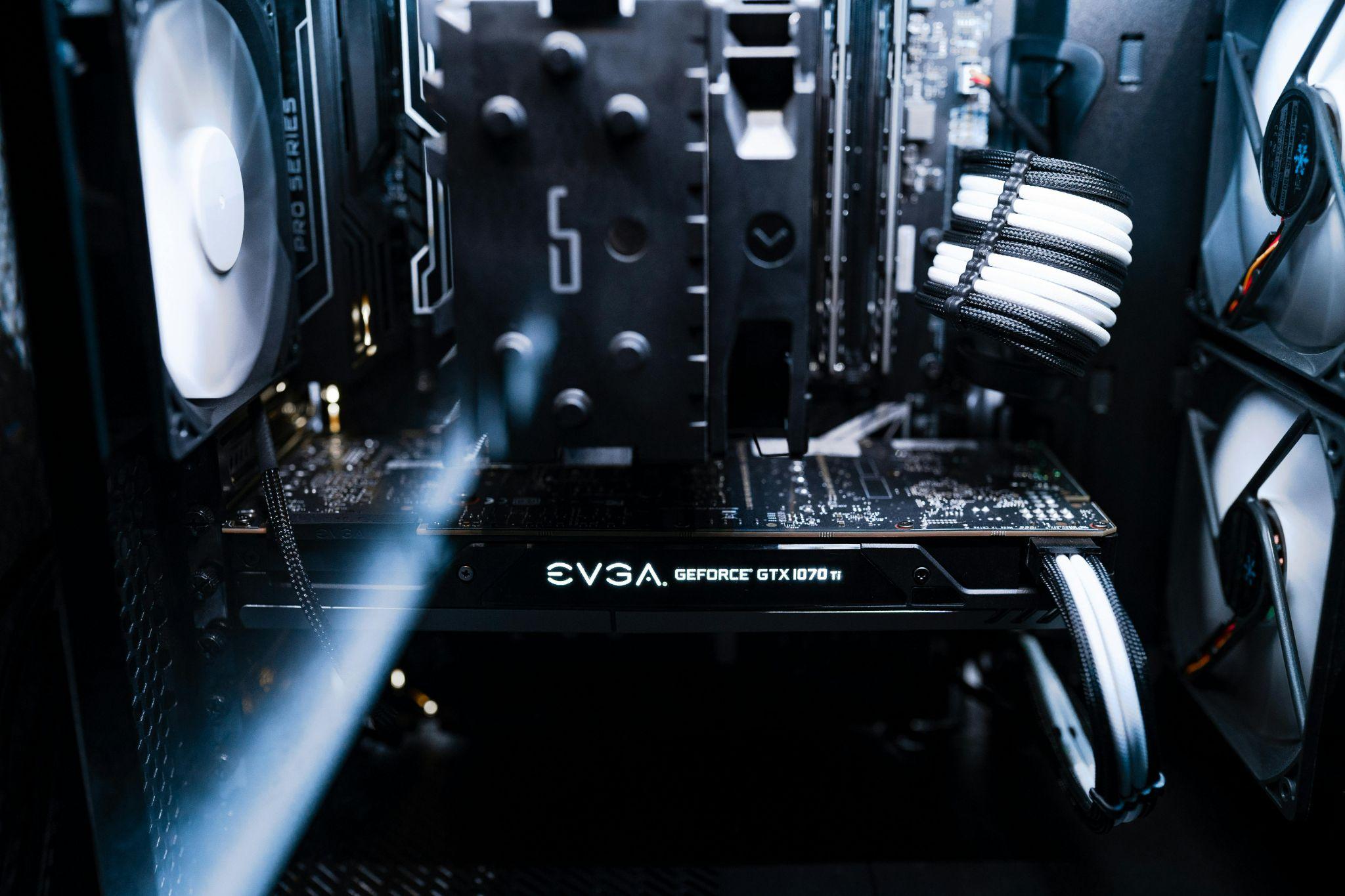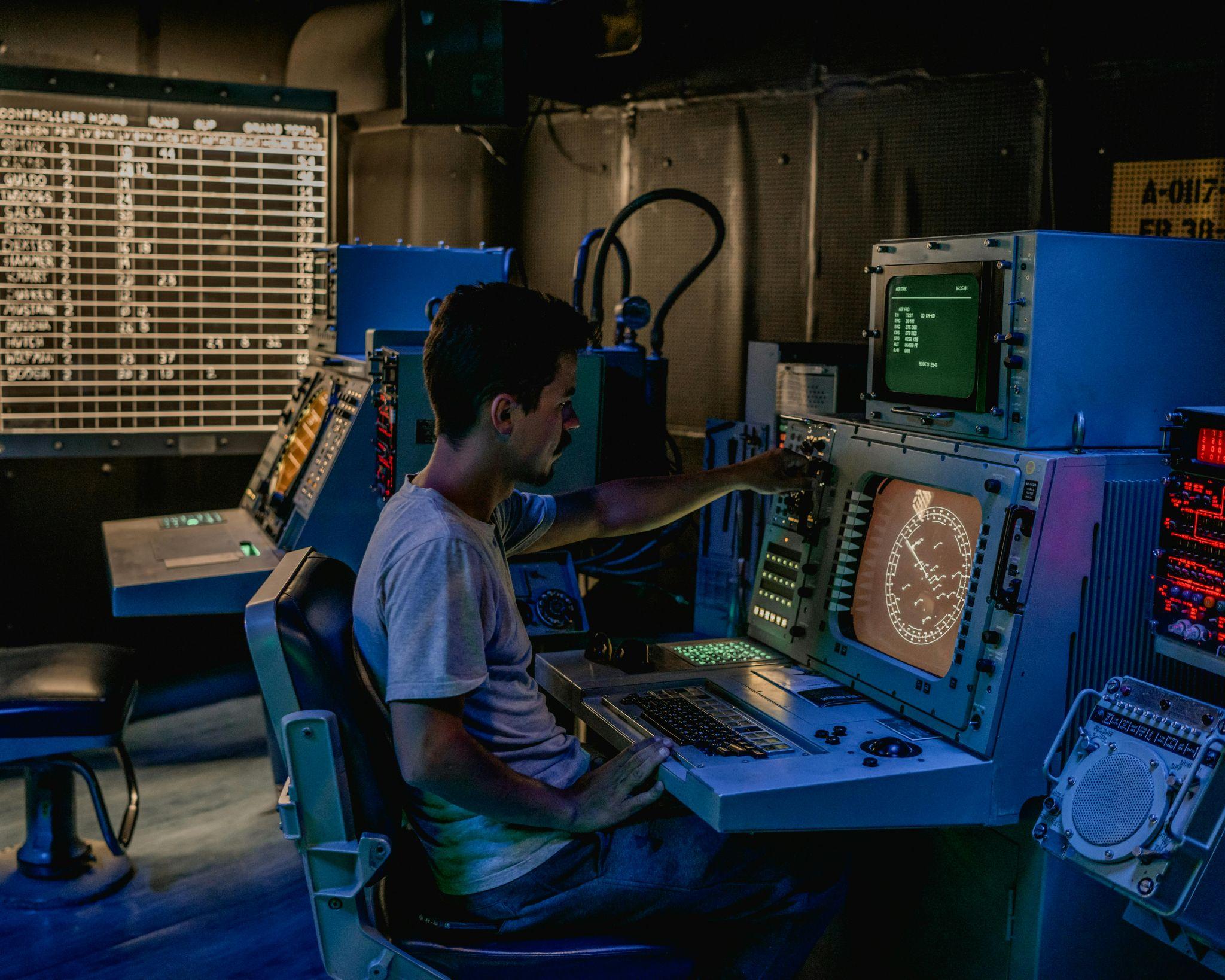How to Build a Future-Proof PC in 2025: Key Components to Invest In
Iren
- 0
- 133
Building a future-proof PC in 2025 requires strategic planning and smart investment in components that can adapt to evolving technology demands. As software becomes increasingly resource-intensive and gaming requirements continue to escalate, constructing a system with longevity prevents the frustration and expense of frequent upgrades. This comprehensive guide examines the essential components and design principles that extend your build’s lifespan, ensuring your investment delivers performance for years to come.
Defining “Future-Proof”: What That Really Means in 2025
Future-proofing in 2025 means building a system with sufficient performance headroom for next-generation applications, compatibility with emerging standards, and flexibility for component upgrades without replacing the entire platform.
Common misconceptions about future-proofing
Many builders fall prey to misunderstandings that waste money or limit upgrade potential:
- “Buying the absolute top-end guarantees longevity” – Premium components often offer diminishing returns and still become outdated
- “Future-proof means never upgrading again” – No system remains current indefinitely; the goal is extending upgrade cycles
- “Cheapest parts with upgrade plans work fine” – Budget components often lack compatibility with future hardware
- “More expensive always equals better longevity” – Price doesn’t guarantee upgrade flexibility or standard compliance
Key criteria for longevity: compatibility, modularity, performance headroom
| Criterion | Why It Matters | How to Test For It |
|---|---|---|
| Compatibility | Ensures new components work with existing hardware | Check socket roadmaps, PCIe standards, memory support |
| Modularity | Allows individual component upgrades without system overhaul | Verify expansion slots, removable components, standard connections |
| Performance Headroom | Provides capacity beyond current needs for future demands | Compare specs against recommended requirements plus 40-50% buffer |
CPU & Platform: The Foundation of Longevity
The CPU and motherboard combination establishes your system’s upgrade trajectory, dictating compatibility with future processors, memory standards, and expansion capabilities for the next 5-7 years.
Choosing a CPU with cores, threads & architecture headroom
Modern applications increasingly leverage multi-core processing, making core count and architectural efficiency critical for longevity. For 2025 builds, prioritize:
- 10-16 cores for mainstream builds, with balanced performance and efficiency cores
- High IPC (Instructions Per Cycle) from current-generation architectures
- Efficient performance-per-watt to minimize thermal and power constraints
- Support for latest instruction sets including AVX-512 and AI acceleration
- Unlocked multipliers (K-series or X-series) for performance tuning flexibility
Selecting a motherboard: socket, power delivery & feature support
| Feature Category | Specification | Future Impact |
|---|---|---|
| Power Delivery | 16+ phase VRM, 90A stages | Supports power-hungry future CPUs |
| PCIe Support | PCIe 5.0 x16 + multiple 5.0 M.2 slots | Accommodates next-gen GPUs and storage |
| Memory | DDR5-6000+ support, 4 DIMM slots | Enables capacity and speed upgrades |
| Connectivity | USB 4.0/Thunderbolt 4, WiFi 7, 2.5GbE+ | Future peripheral compatibility |
| Expansion | Multiple M.2 slots (4+), extra PCIe slots | Storage and add-in card flexibility |
Planning for future CPU upgrades & backward compatibility
Research the manufacturer’s socket roadmap before purchasing—AMD’s AM5 socket, for example, promises support through 2027. Choose platforms with documented upgrade paths, avoid locked-down ecosystems, and prioritize motherboards with robust BIOS update histories. Leave PCIe lanes available for future expansion cards and ensure your board supports multiple CPU generations within the same socket family.
Graphics Card & GPU: Balancing Power and Longevity

Graphics cards typically age fastest in gaming systems, but strategic selection combined with adequate VRAM and architectural features can substantially delay obsolescence.
Targeting resolution/refresh goals vs GPU capability
Match GPU power to your display targets with substantial overhead. For 1440p 144Hz gaming, select GPUs capable of 4K 60fps+ to ensure headroom. As noted by PC Gamer, planning for resolution demands 2-3 years ahead helps determine appropriate GPU tier. The gap between current performance and GPU capability creates longevity cushion.
VRAM, architecture, and feature support (DLSS, Ray Tracing, etc.)
Essential GPU features for 2025 future-proofing include:
- 16GB+ VRAM for high-resolution textures and complex scenes
- Hardware ray tracing acceleration (third-generation or newer)
- AI upscaling support (DLSS 3+, FSR 3+, XeSS)
- AV1 encoding/decoding for efficient video work
- DisplayPort 2.1 for future high-refresh 4K/8K displays
- DirectX 12 Ultimate compliance for upcoming game engines
Upgradability & pairing with CPU and power headroom
Ensure your power supply provides 200-300W headroom beyond your current GPU’s requirements. Use high-quality PCIe power cables rated for future standards. Verify case dimensions accommodate 330mm+ three-slot cards. Match GPU performance tier appropriately with CPU to avoid bottlenecks—pairing a top-tier GPU with a mid-range CPU undermines both components’ effectiveness.
Memory & Storage: Speed, Capacity & Future Standards
RAM and storage represent the most cost-effective upgrade paths, making initial smart choices particularly valuable for extending system utility.
DDR5 vs future memory developments
| DDR5 Specification | Current Benefit | Future Growth Path |
|---|---|---|
| Base Speed | DDR5-5600 standard | Scaling to DDR5-8000+ |
| Voltage | 1.1V standard | Lower power consumption future modules |
| Capacity | 48GB DIMMs available | 96GB+ DIMMs emerging |
| On-die ECC | Improved reliability | Enterprise features filtering mainstream |
Capacity planning: optimal sizes for 2025 use
Recommended baseline capacities by use case:
- Gaming only: 32GB (2x16GB) DDR5-6000+
- Gaming + streaming: 32-64GB with fast timings
- Content creation: 64GB minimum, 96GB for 4K+ video work
- Development/VMs: 64-96GB with ECC consideration
- Professional workstation: 128GB+ for large datasets
Storage: NVMe Gen4/Gen5, throughput, endurance
| SSD Specification | Typical Real Speed | Why It Matters for Future Builds |
|---|---|---|
| PCIe Gen4 x4 | 7,000 MB/s read | Sufficient for gaming, content work through 2027+ |
| PCIe Gen5 x4 | 12,000+ MB/s read | DirectStorage gaming, 8K video editing future-ready |
| High TBW rating | 1,200+ TBW | Longevity for OS drive under constant use |
| DRAM cache | Full DRAM buffer | Consistent performance under sustained workloads |
Purchase primary storage now but leave M.2 slots available for capacity expansion. Select drives with five-year warranties and reputable controllers.
Power Supply, Cooling & Case: Supporting Future Upgrades

These foundational components determine upgrade ceiling—undersizing here forces complete rebuilds when enhancing other parts.
Choosing a robust PSU: wattage, efficiency, modularity
Critical PSU selection criteria:
- 850-1000W capacity for high-end builds (provides GPU upgrade headroom)
- 80 Plus Gold minimum, Platinum/Titanium preferred for efficiency
- Full modular cabling for clean builds and future cable management
- ATX 3.0/3.1 compliance with native 12VHPWR connectors
- Ten-year warranty indicating manufacturer confidence in longevity
- Quality capacitors (Japanese-made) for stable power delivery
Cooling strategy: air, AIO, custom loops
Choose cooling with expansion capacity: tower coolers with 140mm+ fan compatibility, AIO radiators with 280mm+ mounting, or cases supporting 360mm+ radiators. Verify CPU cooler mounting supports multiple socket types. Plan thermal headroom for 250W+ CPU TDP. Consider dual-fan GPU minimum for thermal performance and quieter operation.
Case & airflow planning for expandability
Essential case features for future-proofing:
- 360mm+ front radiator support or substantial fan mounting
- Clearance for 180mm+ CPU coolers and 330mm+ GPUs
- Tool-less drive installation with 4+ drive mounting options
- Removable dust filters for maintenance accessibility
- Adequate cable routing space (25mm+ behind motherboard)
- Mesh front panel or high-airflow design philosophy
- Multiple PCIe slot access without blocking adjacent slots
Expansion, Connectivity & I/O: Preparing for Tomorrow’s Devices
As peripheral standards evolve rapidly, embedded connectivity determines whether your system adapts or becomes obsolete prematurely.
PCIe 5.0/6.0 slots, bandwidth & expansion lanes
| PCIe Generation | Bandwidth (x16) | Future Use Cases |
|---|---|---|
| PCIe 4.0 | 32 GB/s | Current GPUs, Gen4 SSDs (sufficient 2025-2027) |
| PCIe 5.0 | 64 GB/s | Next-gen GPUs, Gen5 storage, AI accelerators |
| PCIe 6.0 | 128 GB/s | 2027+ GPUs, ultra-high-speed networking, compute cards |
USB, Thunderbolt, networking & memory card interfaces
Must-have I/O for future flexibility:
- USB 4.0 or Thunderbolt 4 ports (40 Gbps) for external GPUs, fast storage
- Multiple USB 3.2 Gen 2 (10 Gbps) Type-A and Type-C ports
- WiFi 7 or 2.5GbE/10GbE wired networking for bandwidth-intensive applications
- Front-panel USB-C with power delivery for device charging
- Audio codec supporting high-impedance headphones (ESS or ALC1220+)
Modular upgrade paths: spare slots, removable panels, modular sections
Prioritize motherboards with unused M.2 slots, secondary PCIe x4+ slots for capture cards or networking, and tool-free component access. Cases with hinged glass panels, removable drive cages, and modular SSD brackets simplify future modifications without complete disassembly.
Practical Building Strategy: Sequence, Testing & Future Upgrades

Strategic assembly and validation ensure your build meets immediate needs while facilitating later enhancements.
Build in phases: core now, upgrade later
- Phase 1 (Initial): Strong CPU, quality motherboard, adequate GPU, 32GB RAM, 1TB primary SSD, robust PSU
- Phase 2 (6-12 months): GPU upgrade if needed, additional storage, RAM expansion
- Phase 3 (18-24 months): Next-gen GPU or CPU within socket compatibility
- Phase 4 (36+ months): Storage expansion, peripheral upgrades, cooling enhancement
Stress test, monitoring & validating headroom
Comprehensive validation checklist:
- Run Prime95 or AIDA64 for 2+ hours to test CPU stability and thermals
- Execute 3DMark or Unigine Heaven for GPU stress testing
- Monitor temperatures with HWiNFO64 during stress tests (CPU <85°C, GPU <83°C ideal)
- Test RAM with MemTest86 for 8+ hours to verify stability
- Benchmark storage with CrystalDiskMark to confirm rated speeds
- Check power consumption at wall versus PSU capacity (should be <80% load)
Documenting & labeling for future service
Photograph your build from multiple angles before closing panels. Create a spreadsheet with component models, purchase dates, warranty periods, and serial numbers. Label power cables at both ends using cable tags. Save BIOS settings profiles and driver versions. Document fan curves and overclocking settings for easy reconfiguration after updates.
Real-World Example: A Future-Proof 2025 Spec Walkthrough
Example build for gaming, productivity & longevity
Balanced 2025 Future-Proof Build:
- CPU: AMD Ryzen 9 9950X or Intel Core i9-14900K
- Motherboard: High-end X870E or Z890 with robust VRM
- GPU: RTX 5070 Ti or RX 8800 XT (16GB VRAM)
- RAM: 32GB DDR5-6400 CL32 (2x16GB, leaving 2 slots open)
- Storage: 2TB PCIe Gen4 NVMe (primary) + empty M.2 slots
- PSU: 1000W 80+ Gold fully modular ATX 3.0
- Cooling: 280mm AIO or high-end tower cooler
- Case: Mid-tower with 360mm radiator support, mesh front
Why each choice supports future upgrades
This configuration provides CPU socket longevity through 2027+, motherboard VRM handles next-gen processors, PSU powers future 600W GPUs, empty RAM slots enable 64GB+ expansion, unused M.2 slots accommodate 8TB+ storage growth, and case supports larger cooling solutions. Each component includes 30-50% headroom beyond current requirements, delaying obsolescence by 2-3 years compared to minimum-spec alternatives.
Common Pitfalls & Mistakes That Undermine Future-Proofing
Buying lowest-spec parts trying to save money
Purchasing bare-minimum components forces premature entire-system upgrades. A weak power supply can’t handle GPU upgrades. Budget motherboards lack PCIe 5.0 and robust VRMs for future CPUs. Insufficient RAM slots prevent memory expansion. The initial $200-300 savings typically costs $500+ in forced earlier replacements.
Overlooking thermal, noise or compatibility constraints
Poor case airflow limits overclocking and component longevity. Inadequate CPU cooler mounting prevents processor upgrades. Compact cases block large GPUs. Loud cooling solutions become intolerable over years of use. Check dimensional compatibility thoroughly—a 320mm GPU doesn’t fit 315mm clearance regardless of other specifications.
Ignoring firmware, driver and platform lock-in risks
Some manufacturers abandon BIOS updates after 2-3 years, preventing CPU upgrades despite socket compatibility. Proprietary connections (non-standard RGB, custom fans) create vendor lock-in. Verify the motherboard manufacturer’s update history on previous generations. Choose platforms with active community support and documented long-term roadmaps.
Conclusion
A future-proof PC in 2025 isn’t an unchanging system but rather one built on principles of flexibility, standardization, and adequate performance headroom. By prioritizing modular components, maintaining compatibility with emerging standards, and selecting quality parts with documented upgrade paths, you significantly extend useful system life. Smart investments in robust power delivery, comprehensive I/O, and expandable storage create a foundation that adapts to technological evolution rather than fighting it. While no build remains cutting-edge indefinitely, following these guidelines delays major upgrades by years, delivering superior long-term value and performance.


